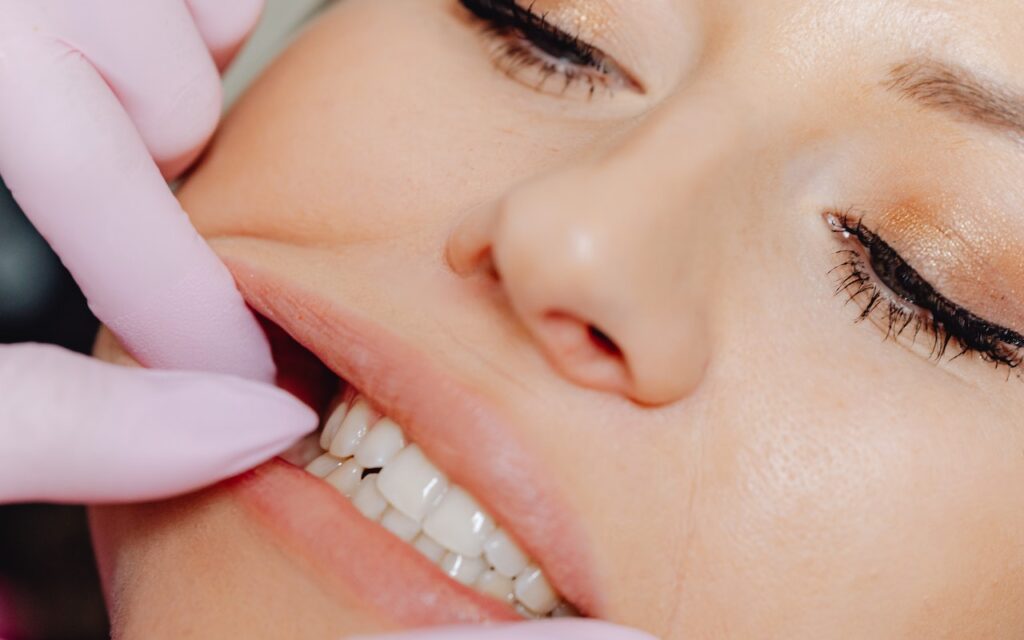Abutment teeth are healthy teeth that support or act as the anchor for a dental bridge or implant. A dental bridge or implant may be suggested by a patient’s dentist as a replacement option if they are missing one or more teeth. However, a nearby tooth or teeth must be used as anchors for the bridge or implant in order for it to be securely fastened. The Abutment Tooth enters the picture at this point.
Concept of abatement tooth:
The healthy tooth next to the space left by the lost tooth is often the abutment tooth. In rare circumstances, a bigger bridge or implant may be supported by several abutment teeth. By shaving off a portion of the tooth’s outer enamel, the abutment tooth is made ready to serve as the basis for the bridge or implant.
Procedure:
A fake tooth (or teeth) is placed in the center of a dental bridge, and two crowns are placed on either side. The abutment teeth on each side of the gap are then connected to the crowns using cement. The gap is then filled by the fake tooth (or teeth) in the center of the bridge, which rests there to replace the lost tooth.
Dental implant:
A dental implant replaces a lost tooth by surgically inserting a tiny metal post (the implant) into the jawbone. The implant and bone eventually merge together to provide a solid, permanent foundation.
A dental crown is subsequently fastened to the implant’s top once it has fully integrated and healed. A seamless, realistic-looking replacement is made possible by having the crown manufactured specifically to match the patient’s natural teeth size, shape, and color.
Teeth condition:
The tooth or teeth next to the gap must be healthy and sturdy enough to support the bridge or implant in order to function as an effective abutment tooth. Before proposing a dental bridge or implant.
The dentist will thoroughly examine the patient’s mouth and adjacent teeth. Before the bridge or implant can be inserted, any problems with the abutment tooth, including decay or gum disease, must be resolved.
Oral hygiene significance:
In order to prolong the life of their bridge or implant. Patients who have abutment teeth should practice appropriate oral hygiene habits. Such as routine brushing and flossing. It’s crucial to maintain regular dental checkups and cleanings to keep an eye on the condition of the abutment tooth and surrounding teeth.
The alternative of dental bridge:
A dental implant may be suggested as an alternative to a dental bridge in specific circumstances. An implant is fixed directly into the jawbone, offering a more solid, long-lasting alternative to a bridge that depends on the support of the neighboring teeth.

The dentist will thoroughly assess each patient’s particular circumstances before making a suggestion because not all people are suitable candidates for dental implants.
Braces:
Fixed braces, commonly referred to as traditional braces, are a popular orthodontic procedure used to align teeth and fix bite problems. They are constructed of brackets, wires, and bands that work in concert to progressively reposition the teeth.
A special glue is used to secure the brackets to the teeth. The orthodontist then threads the wires through the brackets and makes periodic adjustments. The bands that are put around the molars serve as extra support and anchor for the braces.
Effective treatment:
Fixed braces are a highly effective treatment option for a wide range of orthodontic issues. Including crowded or crooked teeth, gaps between teeth, overbites, underbites, and cross-bites. They can also help to improve the overall appearance of the smile, boost confidence, and improve oral health.
While fixed braces are a highly effective treatment option, they do require some special care and maintenance. Patients will need to avoid certain foods that can damage the braces or get stuck in the wires. Such as hard or sticky candies, popcorn, and gum. Brushing and flossing regularly is also essential to maintain good oral hygiene and prevent plaque buildup around the braces.
What to expect while having them:
Following each adjustment and for the first few days after the braces are put on. Patients may feel a little sore or uncomfortable. However, you can manage this discomfort with over-the-counter pain relievers, and it usually goes away in a few days.
For patients of all ages, fixed braces are a very successful and dependable orthodontic treatment choice. Patients can attain a straighter, healthier, and more self-assured smile with the right treatment and upkeep.

